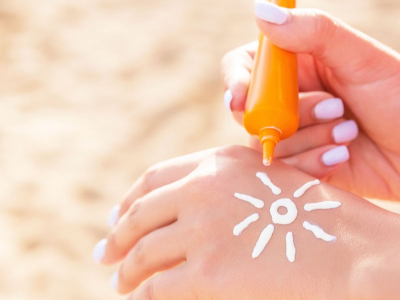Do sunscreens cause vitamin D deficiency?
Vitamin D is a fat-soluble vitamin with significant effects on many systems in the body, especially the musculoskeletal system.
It functions as a hormone. As is well known, vitamin D can be synthesized endogenously. In cases of deficiency, supplementation is important.
The skin consists of two main layers: the epidermis and the dermis. In the basal and spinous layers of the epidermis, which is the upper layer, the precursor molecule of vitamin D, 7-dehydrocholesterol, is converted to previtamin D3 by UVB rays. It is then transported to the liver and kidneys through the bloodstream, where it is converted into its final active form, calcitriol (1,25-hydroxyvitamin D).
Vitamin D is most abundantly found in fatty fish such as salmon, sardines, and mackerel, as well as in egg yolk. Organ meats and liver are also rich sources of vitamin D.
The point I want to highlight here is the effect of the sunscreens we use on our vitamin D synthesis, as they effectively protect against UVB rays. The UVB radiation required for vitamin D synthesis can be obtained in about 5-10 minutes between 11:00 and 13:00 when the arms and legs are fully exposed. In other words, just 5 minutes of daily UVB exposure is sufficient for endogenous vitamin D production. Scientifically, no study has shown a deficiency caused by this. Additionally, it's not likely that we cover our entire bodies with sunscreen. Therefore, it is wise not to neglect the sunscreens that protect us from skin cancer and sunburns.
In cases of vitamin D deficiency, factors such as alcohol consumption, lack of physical activity, racial and individual metabolic issues are also frequently involved.
In summary, for my patients with conditions like pigmentation disorders and rosacea, and of course for children, my recommendation is to protect your face with SPF 50 sunscreen and a hat in the summer. Sufficient vitamin D synthesis will occur from daily 5-10 minute exposure to the arms and legs.





